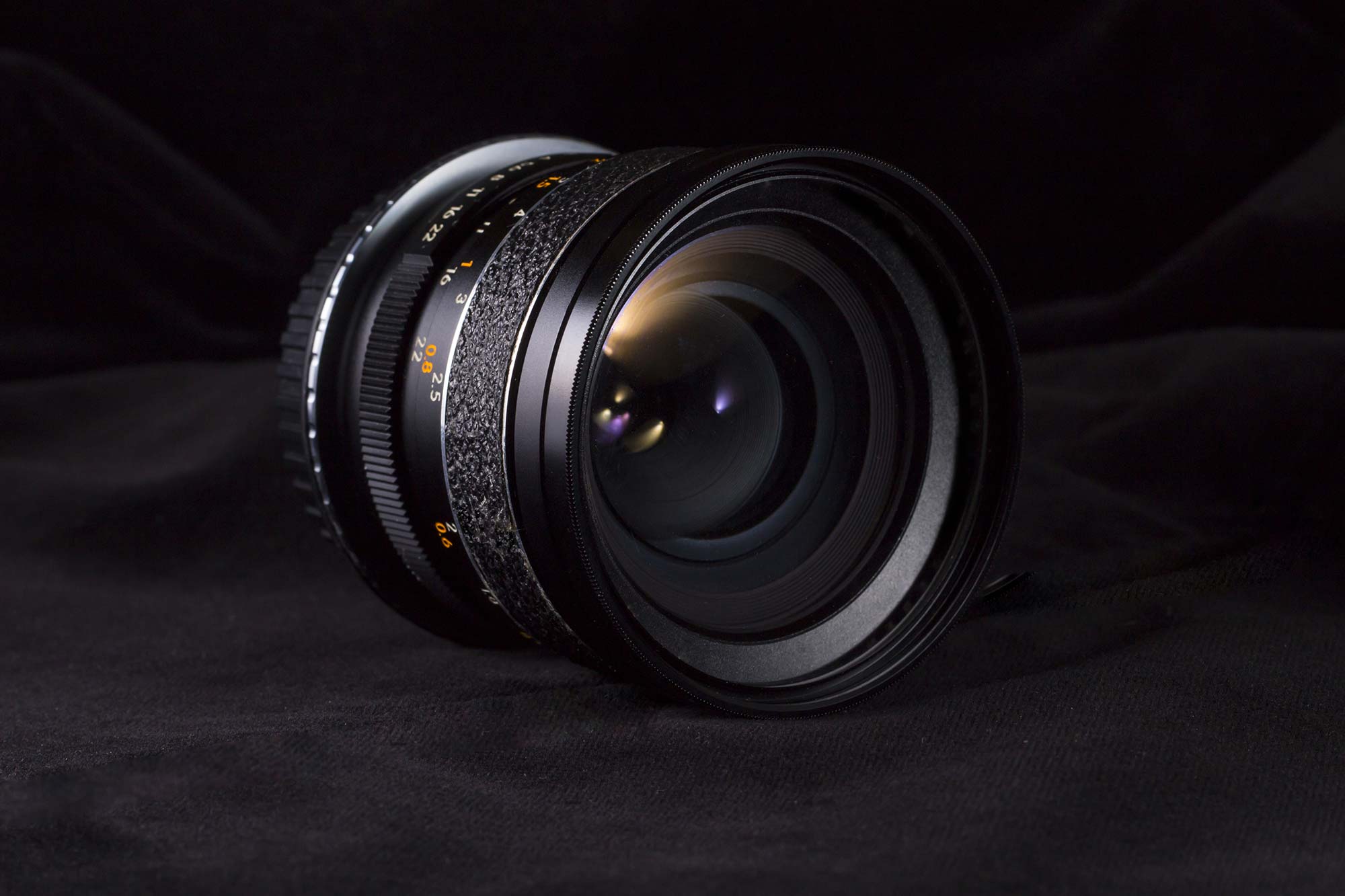

However, blooming can be a problem, since the sensor is uncovered to light longer. The CCD chip has to be switched off each frame anyway, to move the last picture out of it, so it's simple to also control the On time for the exposure. This is a simple timer again, also using a quartz crystal clock. And this is a better and more accurate shutter, but focal plane shutters do have the limitation of maximum shutter sync speed with flash.ĬCD Exceptions: DSLR cameras now mostly use CMOS sensors and also use the better focal plane shutter, however many cameras using CCD sensors (almost all compacts and phones) save the cost of a good mechanical shutter by using the CCD sensor itself to also time the exposure (electronic shutter, without sync issues). This focal plane system is great for interchangeable lenses, because it only needs one good shutter in the body, instead of a shutter in every lens. Today, the timing between the curtains is controlled by a quartz crystal clock (instead of a complex mechanical assembly using springs and gears), providing very fast and accurate 1/8000 second speed, and also a very slow 30 second speed (both extremes are very difficult for a coiled spring mechanism - those older mechanical shutters only could be used between about one second and maybe 1/1000 of a second, or more typically 1/500 second).

The focal plane shutter exposure duration is determined only by the delay of the second curtain starting time. One curtain opens the shutter, and the second curtain closes it. One simple precise mechanism, with one mode and one curtain speed. No complicated speed switching or gearing. The two curtains use the same drive motor, same gears, same curtain speed, for any shutter speed, be it 30 seconds or 1/8000 second. The first curtain opens and then the second curtain closes. They use two curtains across the sensor, called first or front curtain, and the second or rear curtain. The really big deal about focal plane shutters is their precise accuracy. Focal plane shutters have been used in the better 35 mm film cameras since the first Leica in 1925 (and focal plane shutters are even older than that), because they provide superior timing of fast shutters (and not being in the lens greatly simplify the lens mechanisms).

The focal plane (FP) shutter is in the camera body instead of in each lens. This description is continued below, and Wikipedia has some nice illustrations of the action of these two curtains.Īlmost all of the DSLR cameras now have focal plane shutters covering the film or sensor plane like a curtain. The faster that the shutter design can fully open, the faster the maximum sync speed possible (before it starts closing). That “early start” of closing means the shutter is never fully open, which causes an unexposed black band in the picture (photos below), which is a limit on the fastest shutter speed that can sync with flash. Another problem is that for fast shutter speeds, the opening edge of the focal plane shutter starts closing before the far side is fully open. The shutter motion takes a little time to be fully open, so the flash has to wait until the far edge of the frame becomes open. The flash must wait to be triggered until the shutter is fully open to pass it (Sync meaning the flash triggers when the shutter is fully open). We usually call it Maximum Flash Sync Speed because of our concern when using flash, but it's not about the flash - it’s instead a limitation of the focal plane shutter, and actually is a Maximum Shutter Sync Speed when trying to sync with the flash.


 0 kommentar(er)
0 kommentar(er)
